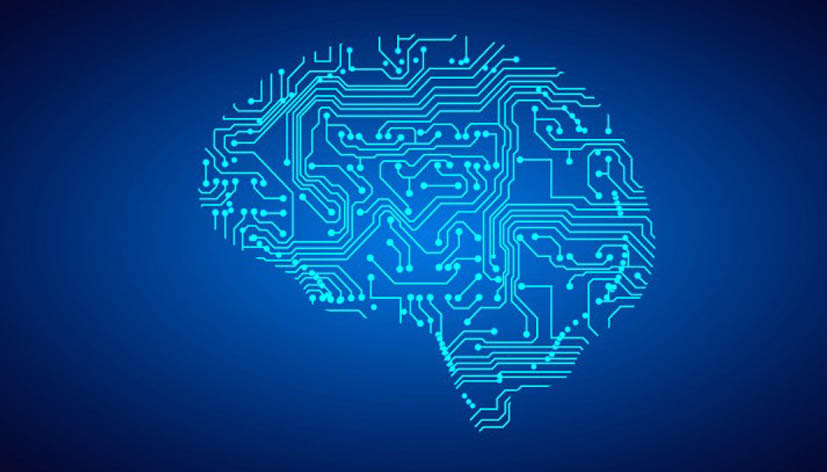Artificial intelligence (AI) has revolutionized many industries, offering significant benefits, but it also brings new challenges, particularly in the realm of cybersecurity. AI-enhanced malicious attacks are a growing concern, as cybercriminals leverage advanced AI techniques to develop more sophisticated and effective methods of compromising systems and data. Here’s a closer look at AI-enhanced malicious attacks and their implications:
1. Automated Phishing Attacks
AI can be used to create highly convincing phishing emails that are personalized and adaptive. These emails can mimic the language and style of legitimate communications, making them harder to detect. AI algorithms can analyze social media profiles and online behavior to craft targeted messages that increase the likelihood of success.
2. Deepfake Technology
Deepfakes use AI to create realistic but fake audio, video, or images. Cybercriminals can use deepfakes to impersonate individuals, manipulate public opinion, or create misleading content. For instance, deepfake videos can be used to trick employees into divulging sensitive information or authorizing financial transactions.
3. Advanced Malware
AI-enhanced malware can adapt and evolve to avoid detection by traditional security measures. These malware variants use machine learning to understand and bypass security protocols, making them more resilient and effective. AI can also help malware determine the most valuable data to steal or the most efficient way to spread.
4. Intelligent Botnets
Botnets are networks of infected devices controlled by cybercriminals. AI can make botnets more efficient by optimizing their behavior and enabling them to adapt to different environments. AI-enhanced botnets can better coordinate attacks, evade detection, and even repair themselves when disrupted.
5. Adversarial Attacks on AI Systems
AI systems themselves can be targets of attacks. Adversarial attacks involve inputting maliciously crafted data into AI systems to cause them to malfunction or make incorrect decisions. For example, attackers can trick image recognition systems into misidentifying objects by subtly altering images.
6. Enhanced Password Cracking
AI algorithms can significantly speed up the process of cracking passwords. By using machine learning, attackers can predict password patterns and common user behaviors, making it easier to guess or brute-force passwords. This is particularly concerning for systems with weak or common passwords.
7. Social Engineering
AI can analyze vast amounts of data to identify potential targets for social engineering attacks. By understanding an individual’s behavior, preferences, and communication style, AI can help craft highly convincing messages or scenarios to manipulate targets into revealing confidential information or performing actions that compromise security.
8. Automated Exploit Development
AI can automate the process of discovering and exploiting vulnerabilities in software and systems. Machine learning algorithms can analyze code to identify potential weaknesses and develop exploits faster than traditional methods. This increases the speed and scale at which attackers can operate.
9. Evasive Tactics
AI can help attackers develop more effective evasion techniques to avoid detection by security systems. This includes dynamically changing attack patterns, using encryption to hide malicious activity, and employing AI to monitor and respond to security defenses in real-time.
10. Ransomware 2.0
AI-enhanced ransomware can be more selective and intelligent in its operations. Instead of encrypting all data indiscriminately, it can identify and target the most critical files, maximizing the impact and increasing the likelihood of ransom payment. AI can also help ransomware to better negotiate ransoms and manage payment logistics.
Mitigation Strategies
- AI-Driven Defense: Implement AI-based security solutions that can detect and respond to threats in real-time. These systems can analyze patterns, identify anomalies, and adapt to new threats more effectively than traditional security measures.
- Continuous Monitoring: Employ continuous monitoring and analysis of network activity to detect suspicious behavior early. AI can help in identifying subtle signs of intrusion or malicious activity.
- Regular Training: Regularly train employees on recognizing and responding to phishing attacks and other social engineering tactics. Awareness is a crucial line of defense against AI-enhanced attacks.
- Robust Authentication: Use multi-factor authentication (MFA) and encourage the use of strong, unique passwords. AI can help in identifying weak or compromised credentials.
- Update and Patch Systems: Ensure that all software and systems are regularly updated and patched to fix vulnerabilities that could be exploited by AI-driven attacks.
- Adversarial Training: For AI systems, use adversarial training techniques to make them more resilient against adversarial attacks by exposing them to potential threats during development.
AI-enhanced malicious attacks represent a significant evolution in the landscape of cybersecurity threats. While AI offers numerous benefits, it also empowers cybercriminals to develop more sophisticated and effective attacks. By understanding these threats and implementing robust defense strategies, organizations can better protect themselves in this evolving digital landscape.










































